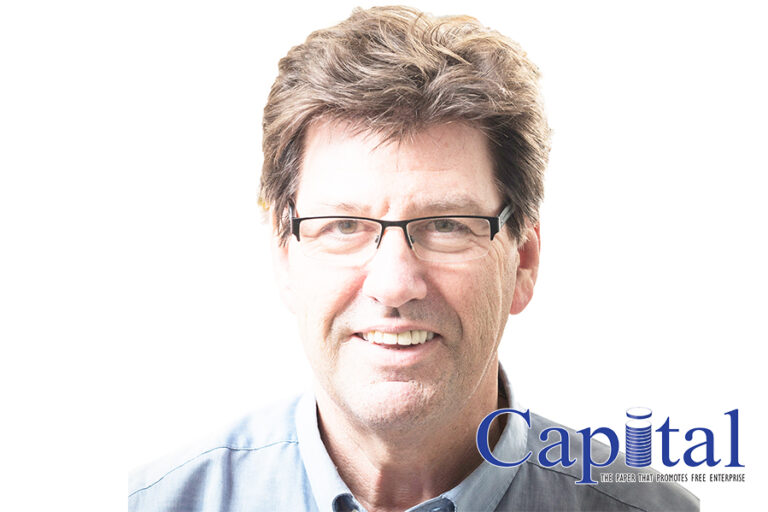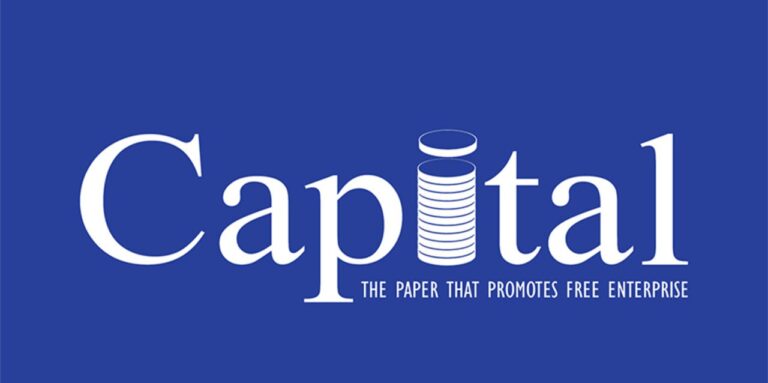Millions of people do not eat well. They either eat too much or too little. And what people eat is often not healthy, nutritious or safe. As a result, babies and children don’t grow well, people get ill and die of starvation, infection, diarrhoea, heart disease, diabetes and cancer. Why is this so? Food, that is healthy, nutritious and safe to eat is not always available and often expensive. And those who can afford it don’t necessarily buy the right food for themselves and their families. What can be done? Government, business and development partners can work together to improve production, handling, transportation, processing, marketing and consumption of food that is healthy and affordable, to reach those who need it most.
Looking at data that indicate the nutrition status of the people of Ethiopia, the challenge to effectively reduce malnutrition is enormous, but it can be done, if strategies are implemented in a coordinated manner, using a multisector approach and recognising the responsibility that the private sector has to market affordable, nutritious and safe food. This is a big responsibility indeed but looking at it from a different perspective, the private sector is in fact in a position to play a very important role indeed when recognising and taking the opportunities that the production and marketing of nutritious and safe food provide. Their responsibility then becomes a corporate social responsibility. Corporate Social Responsibility (CSR) refers to a business practice that benefits society. CSR is becoming more mainstream as forward-thinking companies embed sustainability into the core of their business operations to create shared values for business and society. Sustainability isn’t just important for people and the planet but is also vital for business success. Communities are grappling with problems that are global in scope and structurally multifaceted — malnutrition, persistent poverty, climate change. The business case for engaging in corporate social responsibility is clear and unmistakable. Billions are at stake if fast and large-scale action is not taken.” One primary focus of corporate social responsibility for example is the environment. Businesses, both large and small, have a large carbon footprint. Any steps they can take to reduce those footprints are considered both good for the company and society as a whole.
Businesses also practice social responsibility by donating to national and local charities. Whether it involves giving money or time, businesses have a lot of resources that can benefit charities and local community programs. And by treating employees fairly and ethically, companies can also demonstrate their corporate social responsibility.
Undertaking socially responsible initiatives is truly a win-win situation. Not only will your company appeal to socially conscious consumers and employees, but you’ll also make a real difference.
So, there are different ways in which the private sector can take initiative and be involved in development and humanitarian activities, making products and financial support available and at the same time enjoying commercial advantage. While the economy is booming we all need to ask ourselves whether we continue accepting the poverty we see around us every day and expecting the government and donor organizations to do something about it? Or are we going to take social responsibility and do something about it as a business community?
Businesses that benefit the larger communities, like investing in food production and nutrition for example, may in the end be more effective then free hand outs and will probably have longer lasting results. It takes money however to make it happen and people who are motivated to make a difference in the lives of people and children who do not have the means themselves to break out of the poverty trap. I believe that there is enormous potential within society to invest and grow businesses that focus on making a positive difference for society at large. What it takes is people driven by a vision and a passion that something needs to be done to turn desperate situations around. And it takes the effort of all of us as to identify and take opportunities that we come across and believe in.
I challenge the business community to identify opportunities and to invest in improving production, handling, transportation, processing, marketing and consumption of food that is healthy and affordable. Perhaps then we can begin to ease the so-called double burden of nutrition, which refers to under- and overnutrition occurring simultaneously within a population, which is what we see developing in Ethiopia as well. The current double burden of malnutrition seen in many developing countries is brought about by a coupling of risk factors. Slow progress in improving water and sanitation systems and a weak public health system, thwart efforts to reduce undernutrition. At the same time, increasing urbanization and changing dietary patterns and lifestyles are contributing to a rapid rise in overweight and diet-related chronic diseases. Both need to be addressed and there is a big role for the private sector to play here to support the efforts of the Government and its development partners. There are many opportunities. Will we identify and take them?
Ton Haverkort




